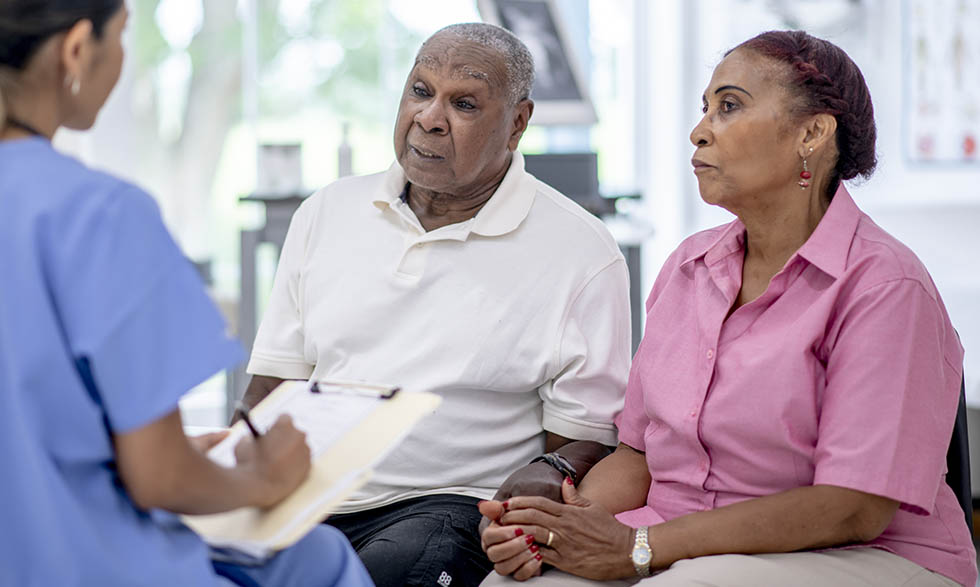
Last updated on August 7th, 2024 at 11:26 am
[Introduction]
A stroke happens when blood stops flowing to the brain. A person’s brain cells start to die within a few minutes because they can’t get the oxygen and nutrients they need from the blood.
This can cause brain damage, long-term health problems, or death if it’s not treated in time.
Understanding strokes better and keeping an eye on risk factors and warning signs, like those described in the FAST guidelines, can improve stroke outcomes and help prevent them.
Types of strokes
Ischemic stroke
This type makes up 87% of strokes and happens because of a blocked blood vessel in the brain or neck. There are three kinds of blockages that can cause an ischemic stroke:
- Thrombosis—A clot in a blood vessel in the brain or neck.
- Embolism—A clot that moves from another part of the body, such as the heart, to the brain.
- Stenosis—A severe narrowing of an artery that leads to the brain.
Hemorrhagic stroke
This type causes bleeding in the brain or the spaces surrounding the brain.
Mini-stroke or transient ischemic attack (TIA)
Mini-strokes, or TIAs, happen when the blood supply to the brain is blocked for a short time. Damage to brain cells is not permanent, but if you have a TIA, you are more likely to have a stroke in the future.
Treatable risk factors
Some risk factors for stroke can be reduced with lifestyle changes—like quitting smoking and losing weight—or medical treatment.
Treatable risk factors include high blood pressure (also called hypertension), cigarette smoking, limited physical activity, obesity, high cholesterol or cholesterol imbalance, an unhealthy diet, and excessive alcohol use or illicit drug use.
Other risk factors
- Age. Stroke can happen at any age. However, studies show that the risk of stroke doubles in each decade between the ages of 55 and 85.
- Gender. Men have a higher risk for stroke in young and middle age. But in older age, more women than men die from stroke.
- Race and ethnicity. African Americans have a higher risk for stroke.
- Family history. Based on genetics, family members may be at risk for conditions like diabetes or high blood pressure, which can increase the risk of stroke.
Treatment
Treatment depends on what type of stroke you have and when you are seen by a health care professional. That’s why quick action is important. Treatment options include blood-thinning medicine to help with clots, as well as various types of surgery to open blocked arteries or control bleeding.
Long-term stroke treatment depends on the person and can take weeks, months, or even years. Some people recover fully, while others have long-term disabilities. Ongoing care, rehabilitation, and emotional support can help you recover and may even help prevent another stroke.
